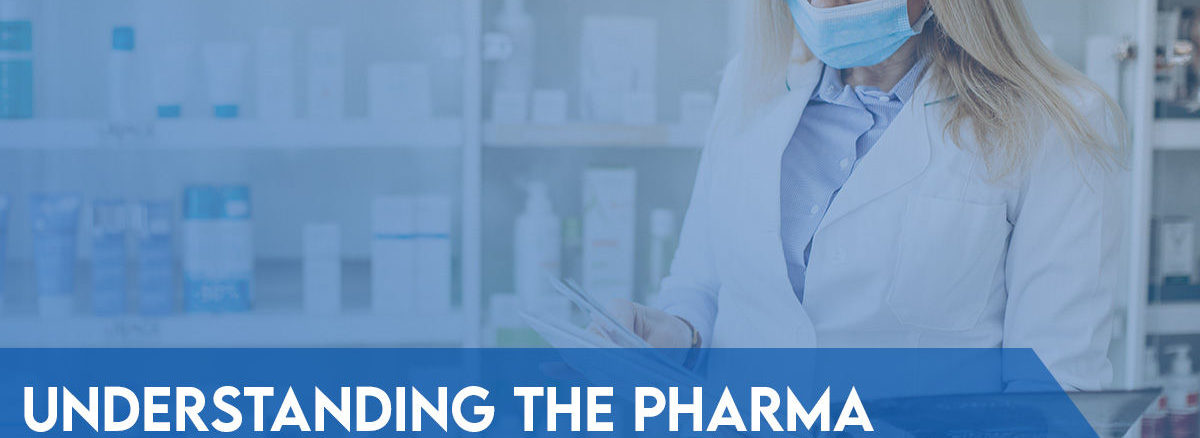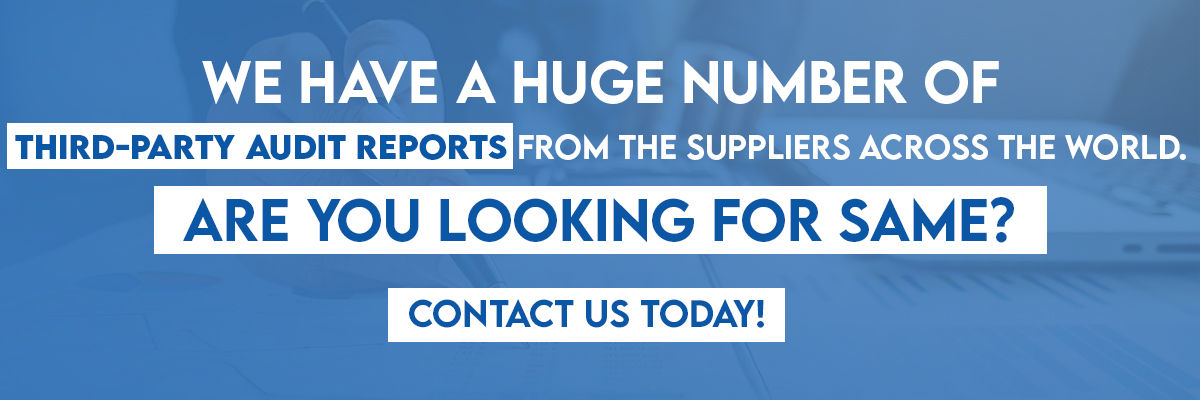In a nutshell, auditing is an examination of a process or a system to ensure that it meets the needs of its intended purpose.
By providing the management with feedback, a Pharma audit report is an effective way to ensure that a company’s quality standards are being met in the pharmaceutical business, setting the way for an ongoing improvement process. Curious to know more? Well, read on to know more!
What Are The Types Of Audit In The Pharma Industry?
Both sorts of audits have been performed.
Internal Audit
Monitors the application and respect for reasonable manufacturing procedures on the site. This is also done to be aware of the system’s weaknesses and take corrective and preventative steps before they become a problem.
External Audit
An independent examination by a third party. This is done for both suppliers and any outsourced activities in the pharmaceutical sector. A company’s contract giver is responsible for verifying that the contract acceptor (supplier or any other outsourced operations department) can meet GMP Audit Reports Library criteria.
What Is The Procedure Of the Auditor’s Formula?
Internal or external audits must be conducted according to a well-defined protocol, regardless of whether the Pharma audit report is internal or external. When conducting an audit, it’s essential to have a clear goal. In addition, the following points are worth noting:
- Audit Frequency: The process through which audit reports library frequency must be determined, set, and followed by that frequency.
- Duties: The audit team performing and evaluating the audit reports must be established in advance. To conduct a thorough audit, the audit team members must have a thorough understanding of the operations and processes being examined.
- Lists and Documentation: Every audit report’s library frequency should be documented for regulatory purposes and, as a reference, document to gain insight into previously encountered problems.
How To Conduct An Audit?
- The audit team must follow regulations and guidelines that apply only in this setting. GMP Audit Reports Library mandates that everyone entering an aseptic sector of the facility wear protective equipment, such as gowns and gloves while conducting an audit.
- The Pharmaceutical Audit Consultancy must conduct the audit, and all results must be recorded for the audit to be successful. Observations that help to ground the work, in reality, should be explained in addition to being noted for future reference.
- The audit team should be able to adapt to changing circumstances. As cGMP criteria vary from industry to industry, the auditor must first concentrate on the findings and decide on the observations.
- An audit report is a final form in which the findings and documentation of the investigation are presented.
It’s essential to have a meeting to wrap up the audit. The auditor and the auditee need to understand the findings and conclusions established during the audit to take the necessary remedial action. To do this, timetables are created to implement remedial measures in response to the audit’s findings, and the audit is followed. Preventive steps must be taken to ensure that no further discoveries are made if any abnormal activity is discovered during the audit.
The Bottom Line
Auditing is an essential component that should not be overlooked since it aids in product development, process efficiency, and quality control. An industry’s quality management system cannot function properly without it. Therefore, one should get Pharmaceutical Audit Consultancy for the best outcomes.


